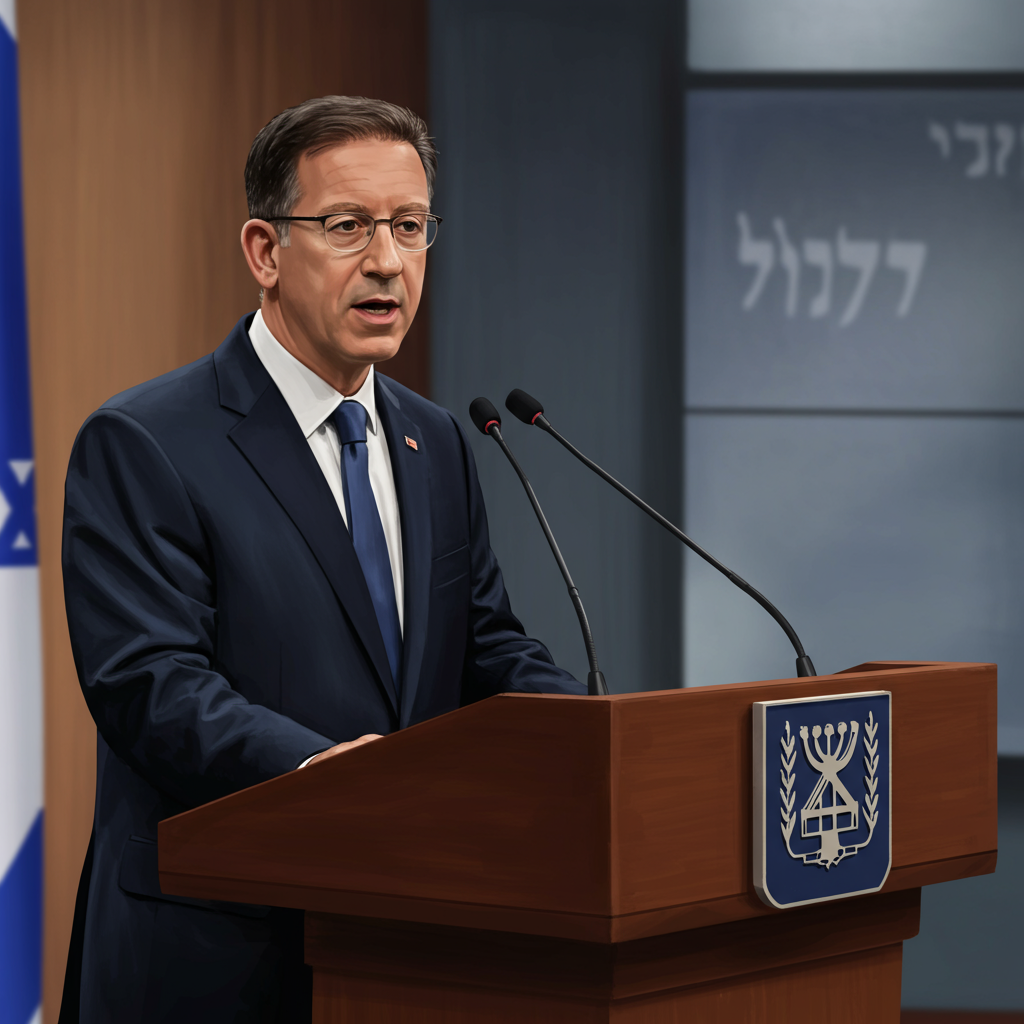Emerging economies gathered at the 17th annual brics summit in Rio de Janeiro in July 2025. The goal was to project strength and unity. Leaders aimed to present a unified Global South alternative to the West. However, tensions flared when former U.S. President Donald Trump issued a direct threat.
He posted on Truth Social about potential new tariffs. Trump warned any country aligning with “Anti-American policies of BRICS” would face “an ADDITIONAL 10% Tariff.” He added there would be “no exceptions.” This quickly overshadowed the summit’s agenda.
Fierce Pushback from BRICS Leaders
The tariff threat drew immediate and strong reactions. Brazil’s President Luiz Inácio Lula da Silva hosted the summit. He called Trump’s comments “reckless.” Lula stated firmly, “We don’t want an emperor, we are sovereign countries.” He criticized Trump for threatening the world online. Lula emphasized that the world has changed. If one country imposes tariffs, others have the right to reciprocity.
Other BRICS leaders also pushed back. South African President Cyril Ramaphosa spoke to journalists. He said “the powerful should not seek vengeance” against those working for good. China’s stance condemned using tariffs as coercive diplomacy. Russia stated its BRICS cooperation is based on a common worldview. It is not directed against third countries. India’s official response was reportedly pending at the time.
BRICS Vision: An Alternative Economic Order
Lula framed BRICS nations as seeking alternative economic models. He suggested this pursuit makes the group uncomfortable internationally. A key ambition is reducing global trade reliance on the US dollar. Lula stressed the need for central banks to discuss this gradually. He believes global institutions and currencies must evolve. No one country can dictate terms for everyone.
Trump’s threat came amidst broader trade war actions. He recently imposed higher tariffs on other nations. These included significant increases on South Korea and Japan. Other countries like Myanmar, Laos, and several others also saw higher rates. While the 10% BRICS threat wasn’t immediately implemented, it signals Trump’s willingness to use tariffs broadly. A source noted the US administration would act if policies were deemed “anti-American.”
Summit Declaration and Group Dynamics
The 31-page summit declaration largely avoided naming Trump. It did offer insight into the group’s focus. There were sharp words regarding rising US tariffs generally. The declaration also addressed the humanitarian crisis in Gaza. It blamed Israel multiple times for the worsening situation. Strikes in Syria and Lebanon were also mentioned.
The conflict in Ukraine received a single reference. The declaration specifically condemned recent Ukrainian attacks on Russia. Iran was presented not for its nuclear program. It was framed as a victim of Israeli airstrikes. This suggests a selective focus aligning with member interests.
The Challenge of Expanding Membership
The BRICS group has expanded significantly. Founding members Brazil, Russia, India, and China were joined by South Africa. More recent additions include Egypt, Ethiopia, Indonesia, and Iran. The UAE also joined, with Saudi Arabia participating as a partner. Over 30 other countries have shown interest.
This increasing diversity expands global reach. However, it also makes forging consensus harder. International relations professor Oliver Stuenkel noted this. This challenge might explain some “watered-down” statements. A relatively mild rebuke of US airstrikes on Iran is one example. The group reportedly hoped to “fly under Trump’s radar.” This attempt clearly failed.
BRICS in the Global Landscape
Despite internal challenges, Lula emphasized the long-term vision. He described BRICS as “not a club of the privileged.” It is a group seeking to organize the world differently. The focus is on people and development, not conflict. As Brazil concluded its presidency, Lula advocated focusing on climate and development issues.
BRICS presents itself as an important forum for multilateral diplomacy. This is especially true amidst global conflicts and trade tensions. Established groups like the G7 and G20 face divisions. The US focuses on “America First.” In this context, BRICS offers a space for engagement among emerging economies. Many BRICS nations still have significant trade ties with the US. Indonesia, a new member, sent a minister for US tariff talks shortly after the summit. This highlights the complex balance members must strike. The summit’s conclusion is a significant test for the bloc’s future. It requires balancing global ambitions, internal diversity, and potential backlash from powers like the US.
Frequently Asked Questions
What specific threat did Donald Trump make against BRICS nations?
During the BRICS summit in July 2025, former U.S. President Donald Trump posted on Truth Social. He threatened a 10% additional tariff on any country aligning with “Anti-American policies of BRICS.” He stated there would be “no exceptions” to this added cost. This was seen as a direct challenge to the expanding economic bloc.
Where did the BRICS summit take place in July 2025?
The 17th annual summit of the BRICS group of emerging economies was held in Rio de Janeiro, Brazil. Brazil’s President Luiz Inácio Lula da Silva hosted the event. Leaders from member nations convened there to discuss economic cooperation, trade alternatives, and geopolitical issues.
Why are BRICS nations exploring alternatives to the US dollar for trade?
BRICS nations are seeking to reduce reliance on the US dollar to build an alternative global economic order. Leaders like Brazil’s Lula da Silva view this as essential for achieving greater sovereignty. They aim to create trade relations less dependent on a single currency. This move is intended to reflect the changing global landscape and reduce vulnerability to US economic policies.


